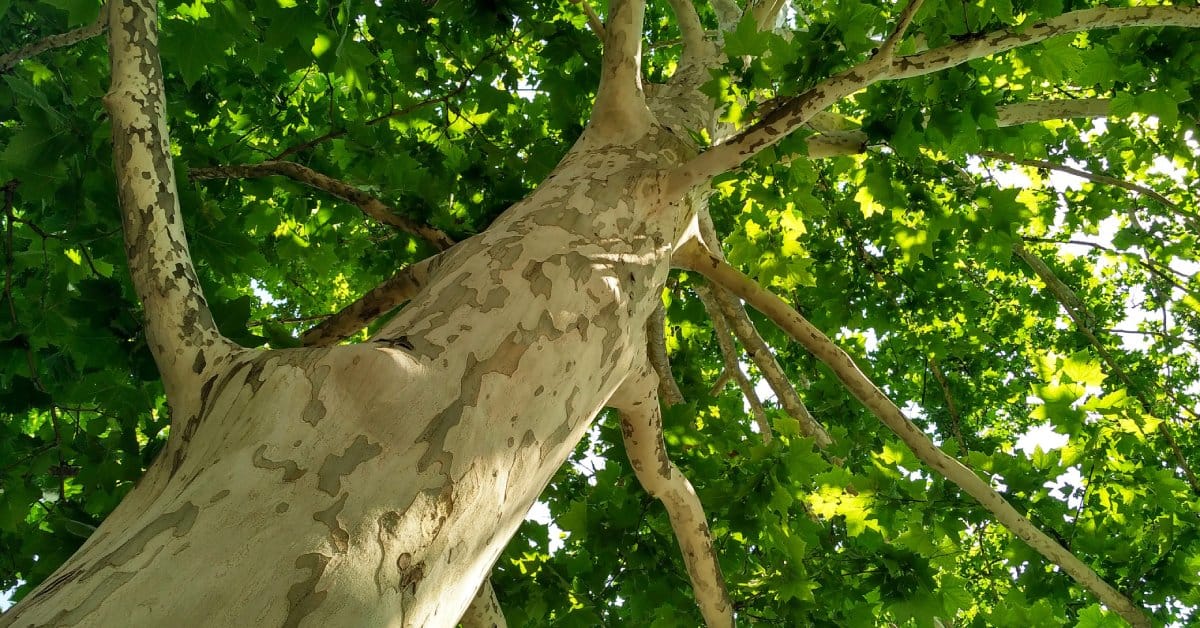How Mature Trees Adapt to Urban Environments

Trees in cities deal with tight spaces, extreme temperatures, and pollution, yet they still survive, and many even thrive. The truth is that mature urban trees are constantly changing to handle some serious challenges. However, if people come together to help trees adapt to their environments, it can vastly improve their chances. You see this effort in cities like Portland, where people cherish green spaces and sustainability as a way of life.
Understanding how mature trees adapt to urban environments allows everyone to support trees, especially since they support us with their invaluable shade, cleaner air, and comforting presence. Learning about these incredible adaptations gives you the tools to make a real impact in your yard and neighborhood.
How Trees Take on Pollution
Pollution in cities is brutal on everyone and everything, from car exhaust to fine particulate matter in the air. Yet some trees, such as the mighty London plane tree or the hearty ginkgo, can withstand the difficulties of thriving as a plant in a city. These trees can absorb carbon dioxide, volatile organic compounds, and ozone matter through tiny pores in their leaves, filtering the air and making it safer for us to breathe.
Supporting trees that tolerate pollution starts with picking species that are pollution-tolerant with waxy leaves and a high transpiration rate. Couple that with ongoing care, such as trimming damaged branches, and you will keep your trees strong and healthy.
Roots in an Already Crowded Space
Urban areas leave little room for growth, and this is especially true underground with utility lines, sewer and plumbing systems, and building foundations. Mature trees must adapt by developing compact or shallow root systems, such as growing horizontally or forming fibrous root systems to get around sewers, sidewalks, and compacted soils.
Urban landscape designers support these efforts by planting trees in structural soils, which allow for root growth while supporting pavement. Aerate your soil with a garden fork or aeration tool, or mulch around your tree to help the roots expand with ease for a simpler backyard approach.
Surviving Urban Heat

City trees assist in protecting against the “urban heat island effect,” where asphalt and concrete can make temperatures up to 10 degrees warmer than in rural areas nearby. Mature trees, such as oaks and ash, adapt by thickening their bark or developing waxy leaves to conserve precious water. Some species, such as the drought-resistant crepe myrtle, have even mastered the art of thriving by developing smaller leaves and roots that run deep to survive extreme heat.
You can help mature trees stay cool by planting them near the north or east side of buildings, as they provide afternoon shade. Also, watering mature trees early in the morning can help them absorb the moisture before the heat dries it up.
Battling Soil Compaction
Urban trees face compacted soil issues that reduce pore space, limiting how much water they receive and the space they have for growing their roots. Various sources can cause soil compaction, such as construction, foot traffic, and heavy vehicles. But many trees have evolved partnerships with mycorrhizal fungi, which act as natural extensions of their roots, drawing in more nutrients than trees could manage alone.
An example of trees that benefit from this symbiotic relationship includes maples and pines. Land managers and homeowners wanting to help mature trees adapt to their urban environments can apply leaf mold, aged manure, or even kitchen scraps and other organic compost to improve soil structure and boost beneficial fungi.
Outlasting Drought
Urban trees often deal with drought-like conditions due to reduced rainfall and increased water demand. However, some species develop deep systems to access groundwater, such as the native mesquite, whose roots can extend 50 ft. Other species, such as the desert willow, produce smaller or thicker leaves to reduce water loss through evaporation.
Consider installing drip irrigation systems or using water-retention gels that slowly release water into the roots to mimic these water-saving strategies. These techniques make every drop count and teach younger trees to grow deeper roots, which is necessary for them to live longer.
Standing Strong Against Pests and Disease

Urban trees must also fend off pests and diseases that thrive in areas where many trees are close by and there’s less airflow. The bald cypress, cedar, and similar trees produce natural compounds in their sap or bark that act as insect repellents, such as tannins and resins. Sycamores shed their bark seasonally to remove harmful fungi or bacteria, such as powdery mildew.
Pruning trees when branches die and disposing of infested leaves can cut down on disease spread in your yard and public spaces. Healthy trees resist pests better and recover quicker than a tree that is supporting a dying branch.
Tree Species Recommendations for Urban Areas
You must pick trees that are tolerant of pollution, compact soil, and limited water availability to have mature trees that thrive in urban conditions. Consider options that can tolerate a range of pH levels in soil, such as the red maple or the honey locust, which has a narrow crown growth that is great for tight spaces.
Desert willows are fantastic choices for drought-prone regions due to their deep root systems and drought resistance. Ginkgo trees thrive in polluted areas and bring bright yellow fall color to any street or yard. Match the species to your local climate—such as the Oregon white oak, which is native to Portland, can live for hundreds of years, and has beautiful fall foliage.
Community Engagement Ideas
Caring for trees is an opportunity to create a more connected community through shared goals. A way you can accomplish this is by starting a tree-planting event in your neighborhood during the spring or fall seasons. Or you can partner with local environmental organizations to provide care for trees or to give resources or education to the public about trees.
Another idea is to implement a community tree-mapping project using Google Maps, where volunteers can identify and document the existing tree species in your area. This community engagement idea increases visibility for tree conservation and can even attract support from broader public initiatives. Watering new public trees and teaching kids about the importance of mature trees in urban environments can improve tree survival and increase community awareness.
Act Now for Urban Trees!
Urban trees thrive with the right support, and cities like Portland prove it. Really, once you learn how mature trees adapt to urban environments, you also learn more about how to support them. Consider joining or funding community tree programs, advocating for sustainable planning in your city, or just making space for a tree in your front yard. Together, we can help mature trees adapt and continue enriching our urban landscapes for generations to come.
Reach out to All Around Arbor to learn how to support the trees in your yard and neighborhood in your local Portland community. Our experts in Portland tree care can help you learn about every tree in your yard and how to keep them strong and thriving for years to come.


Comments